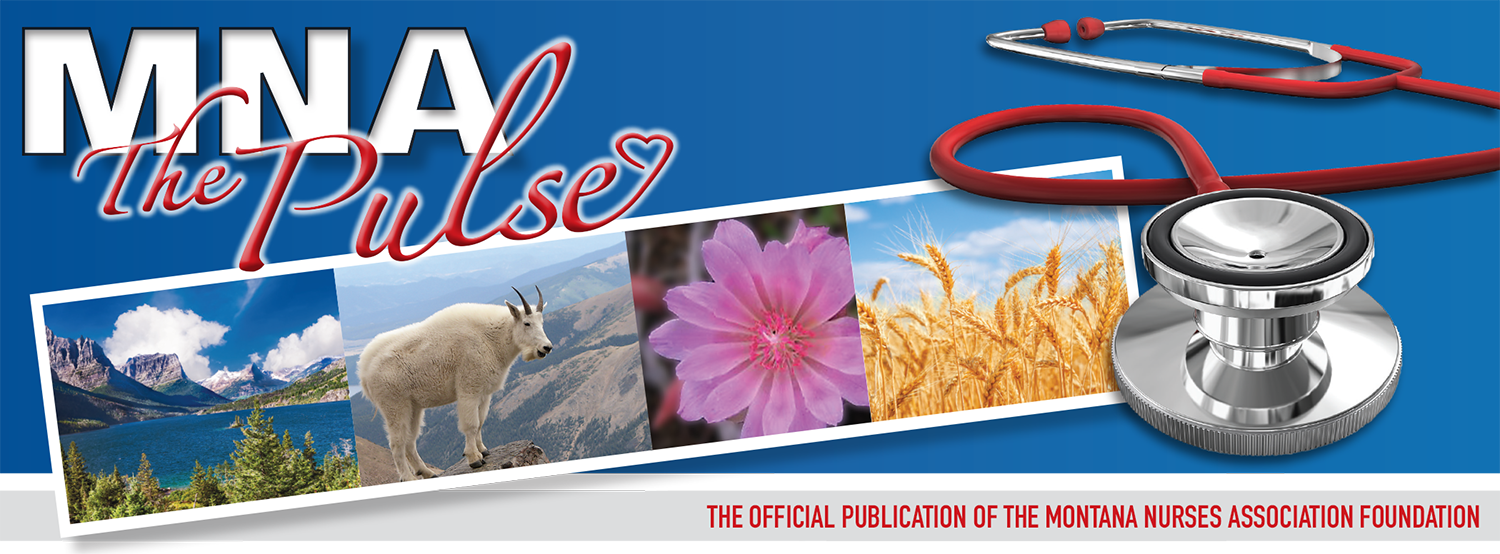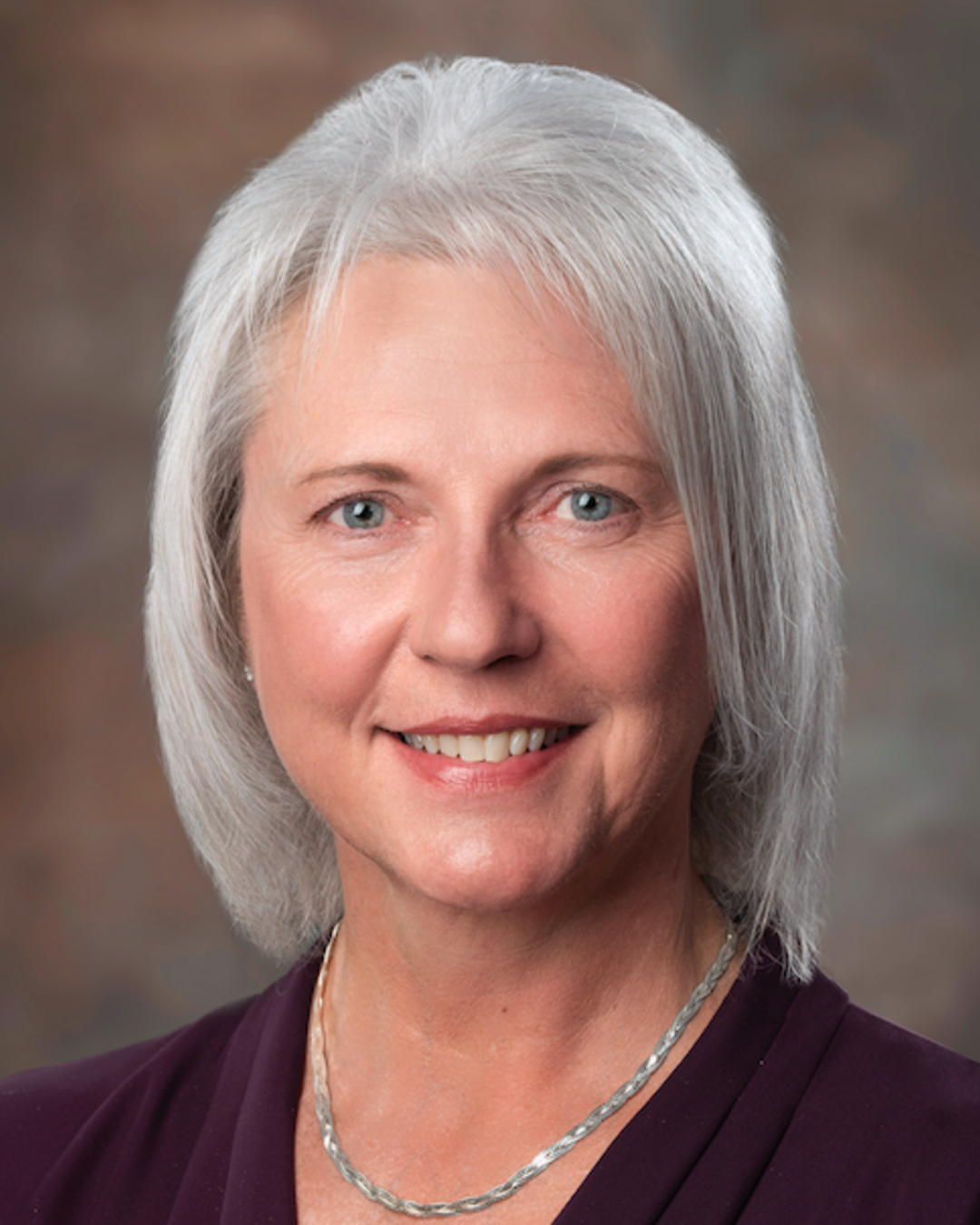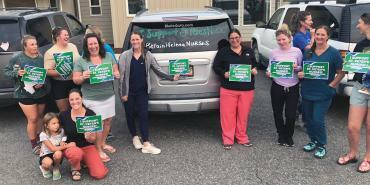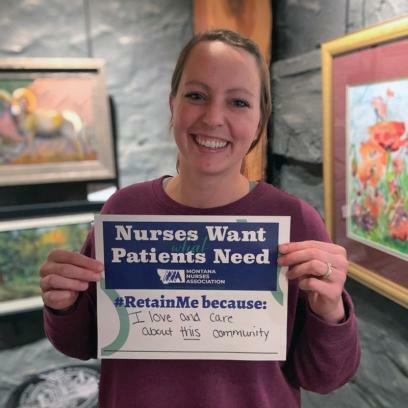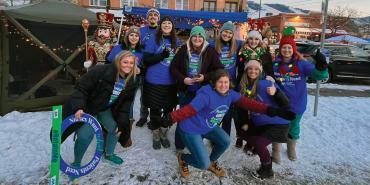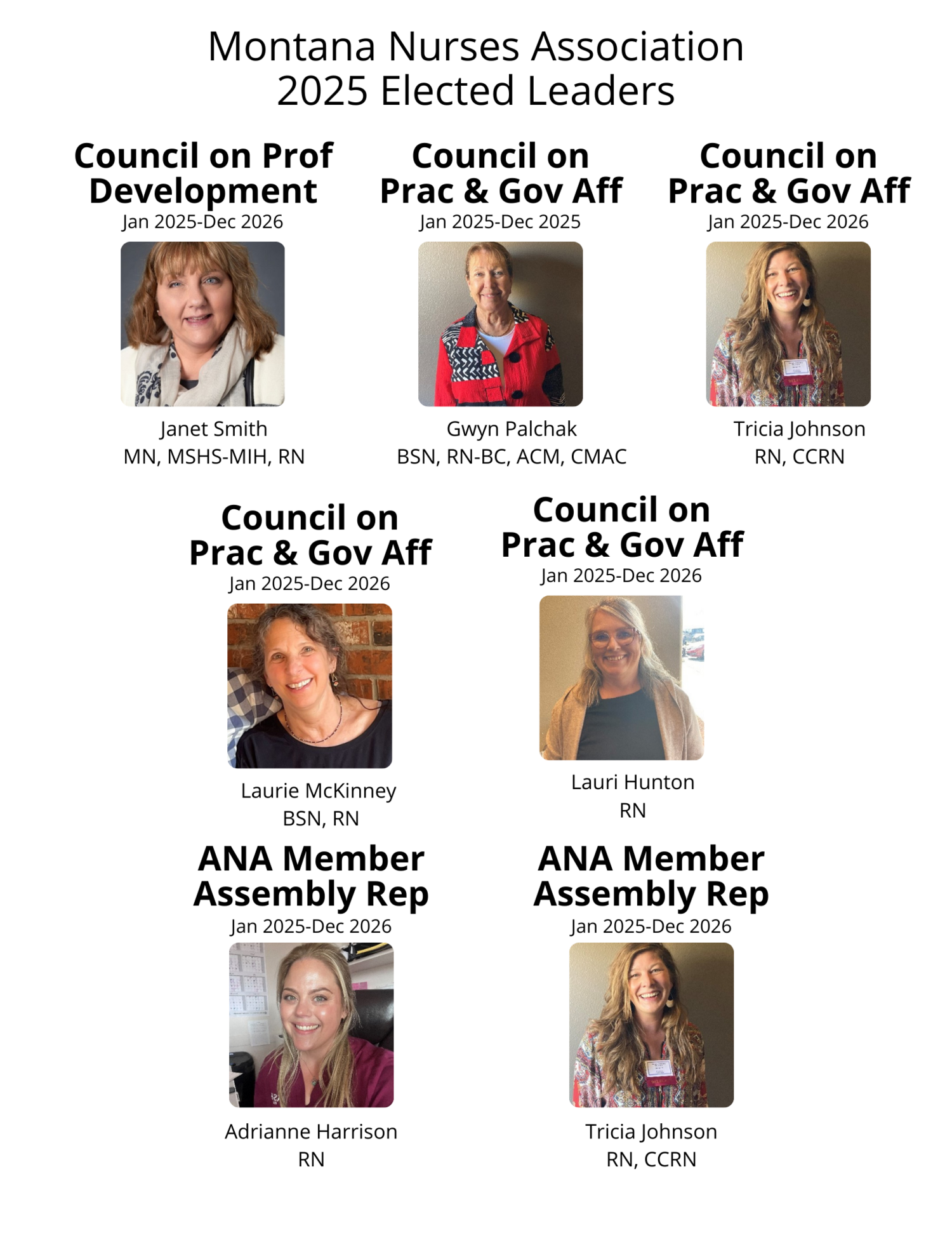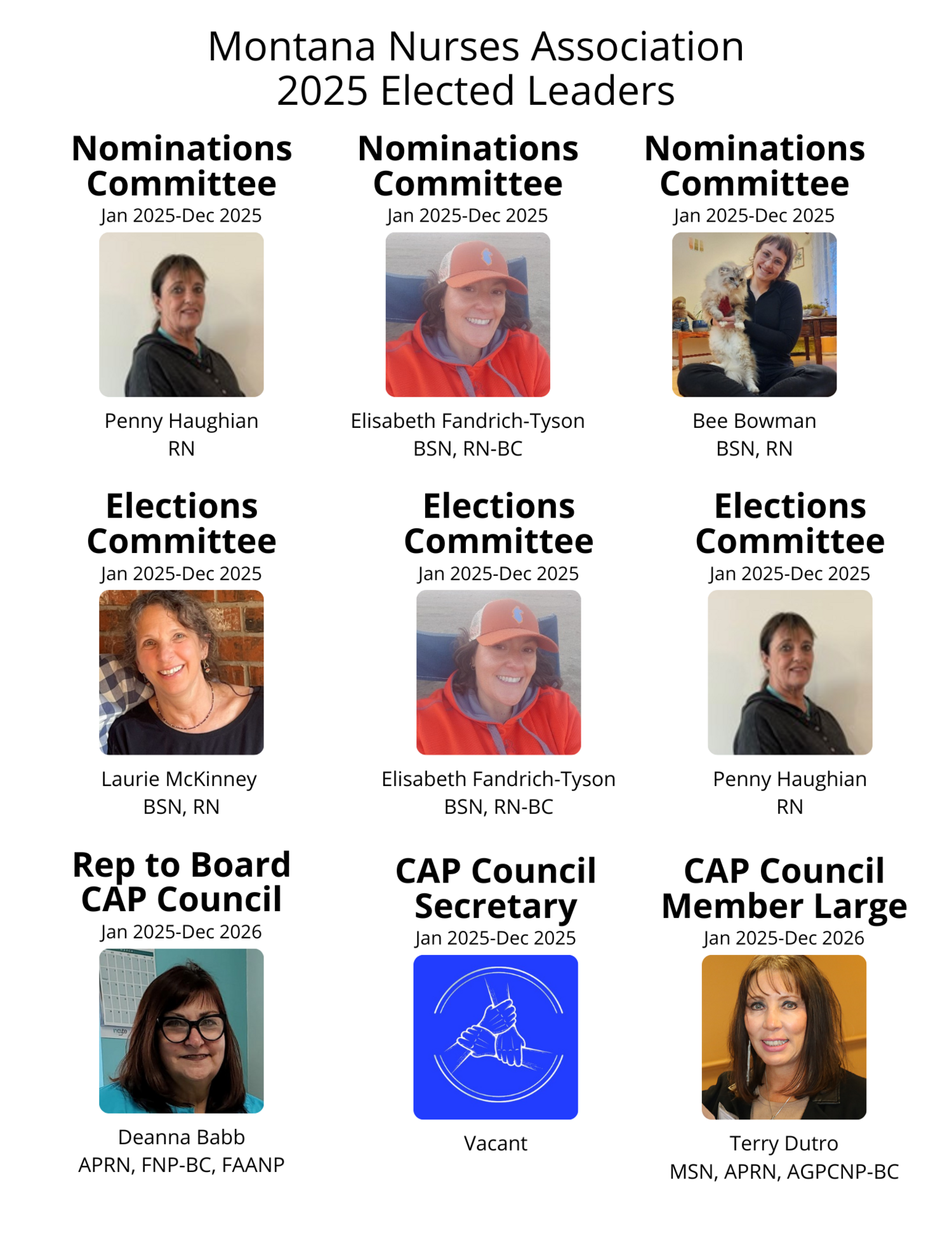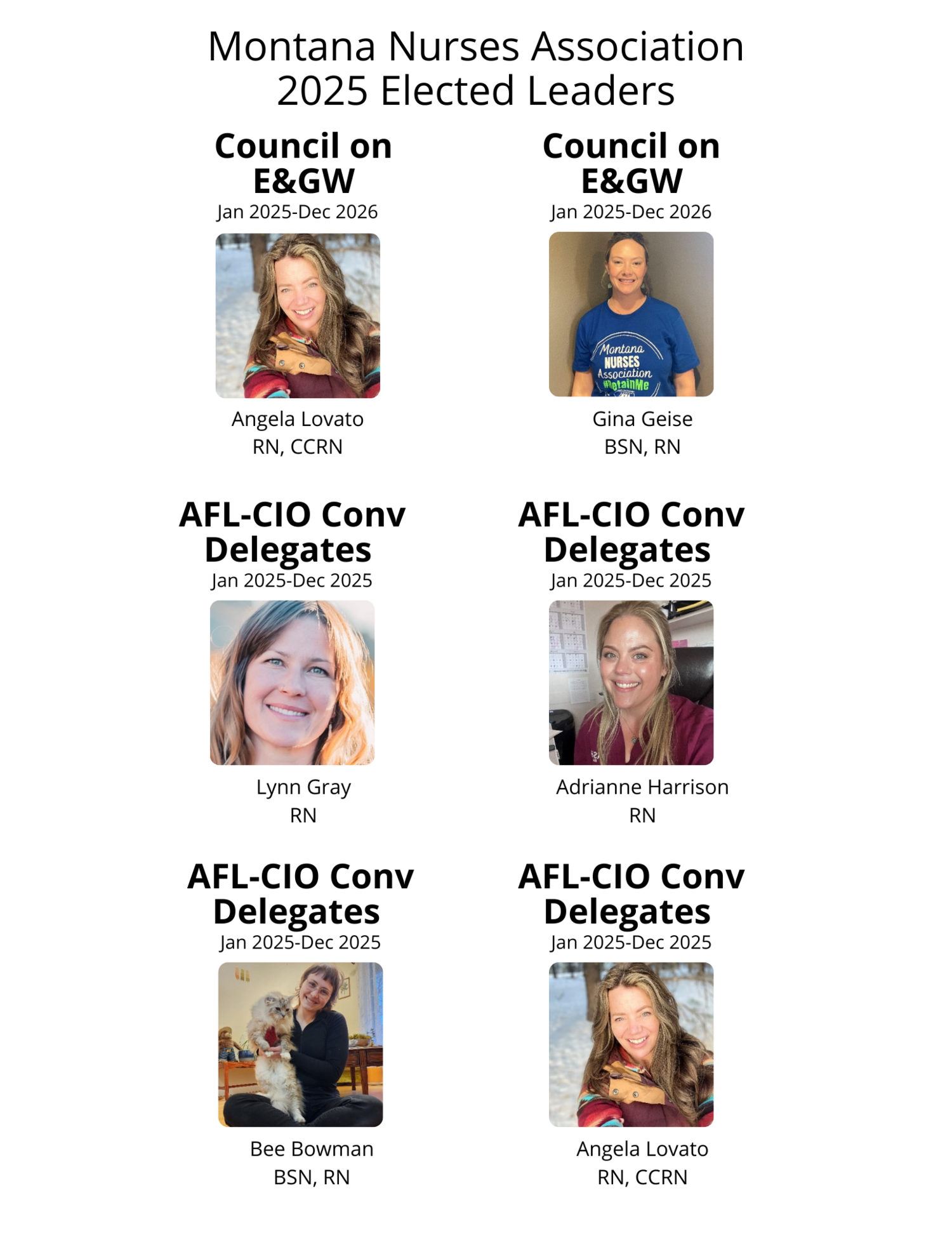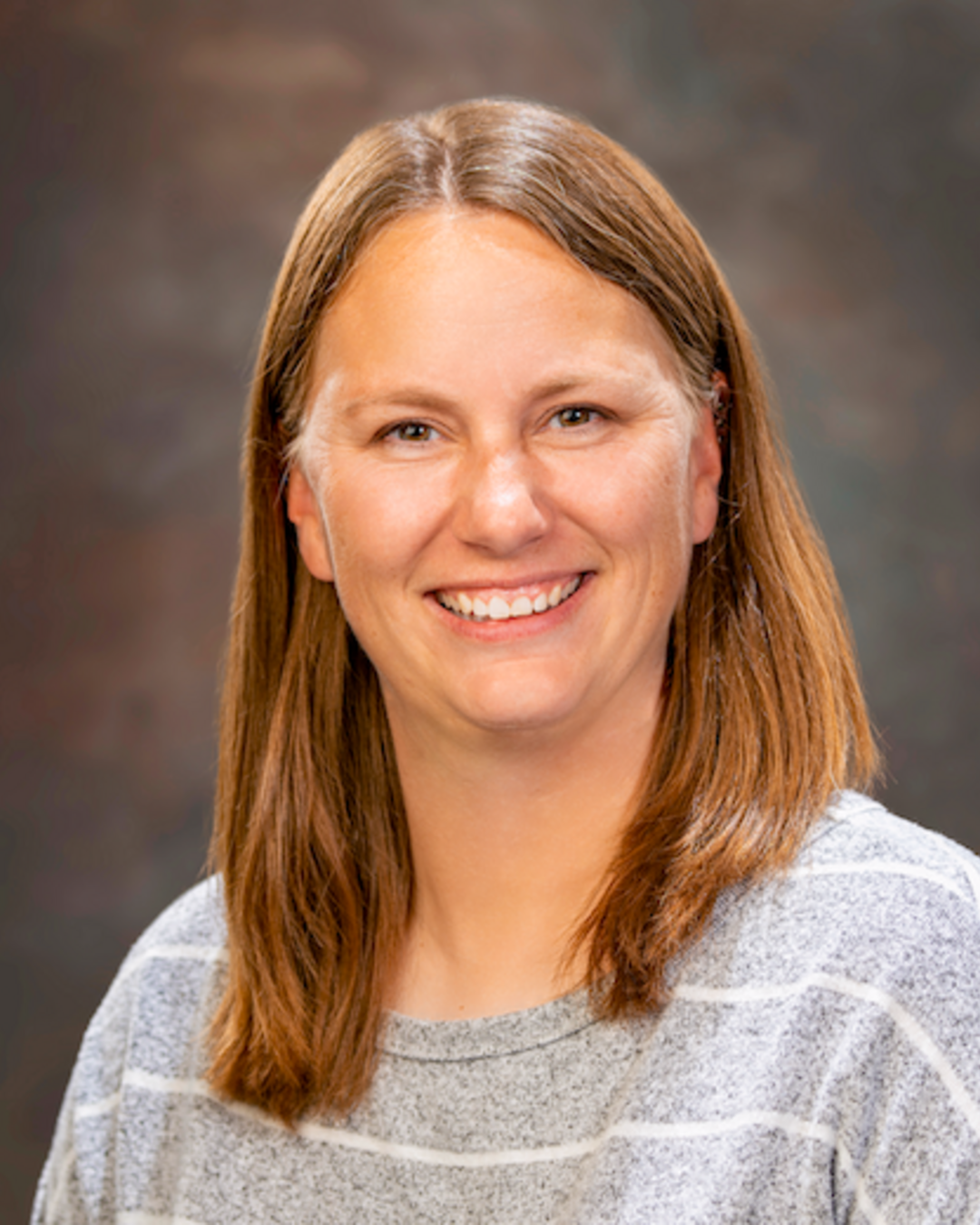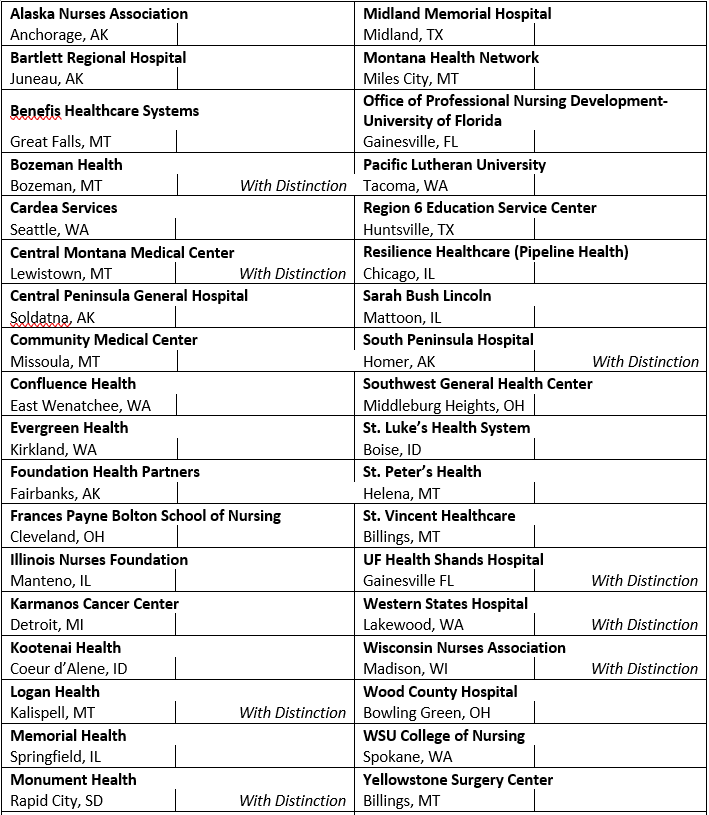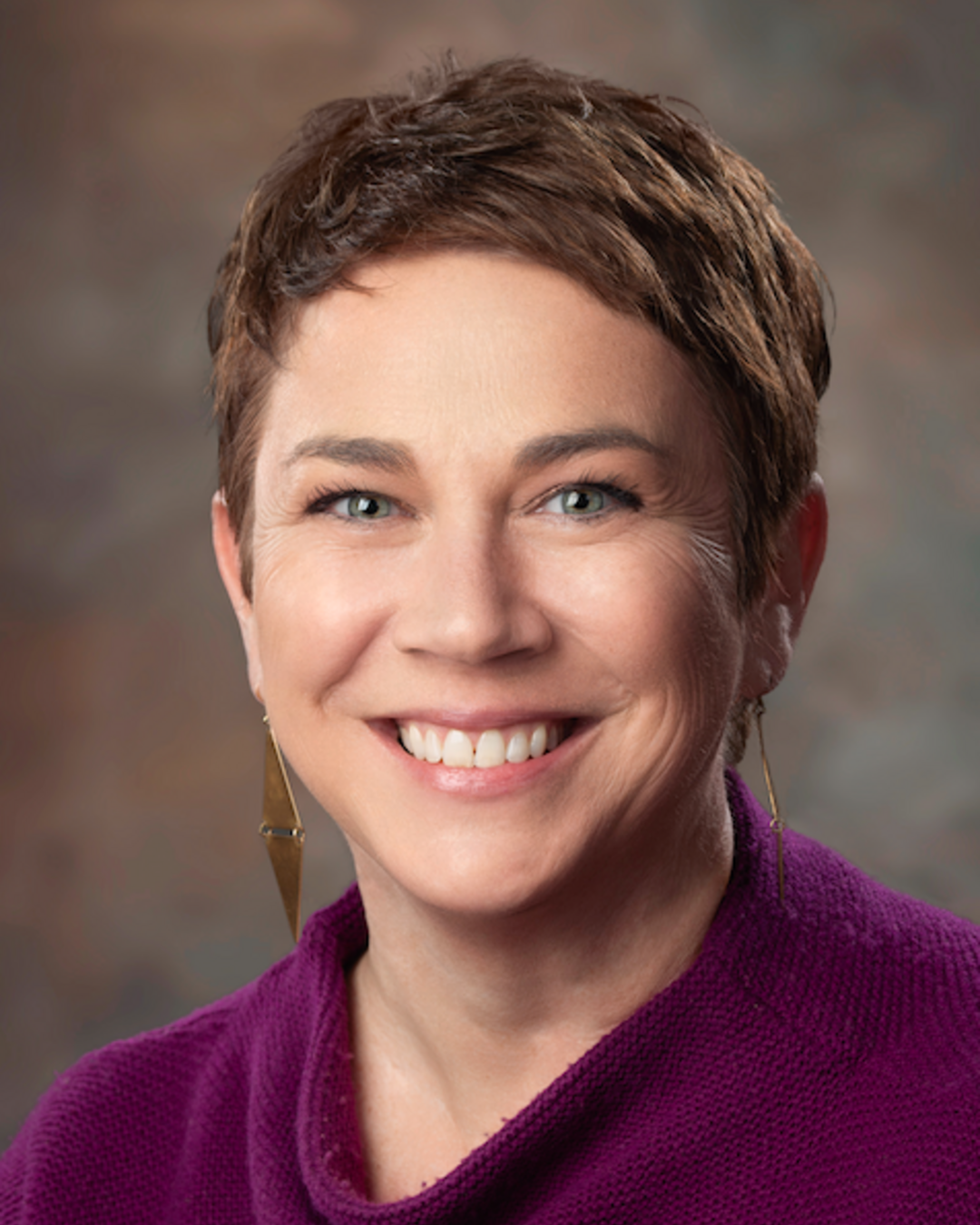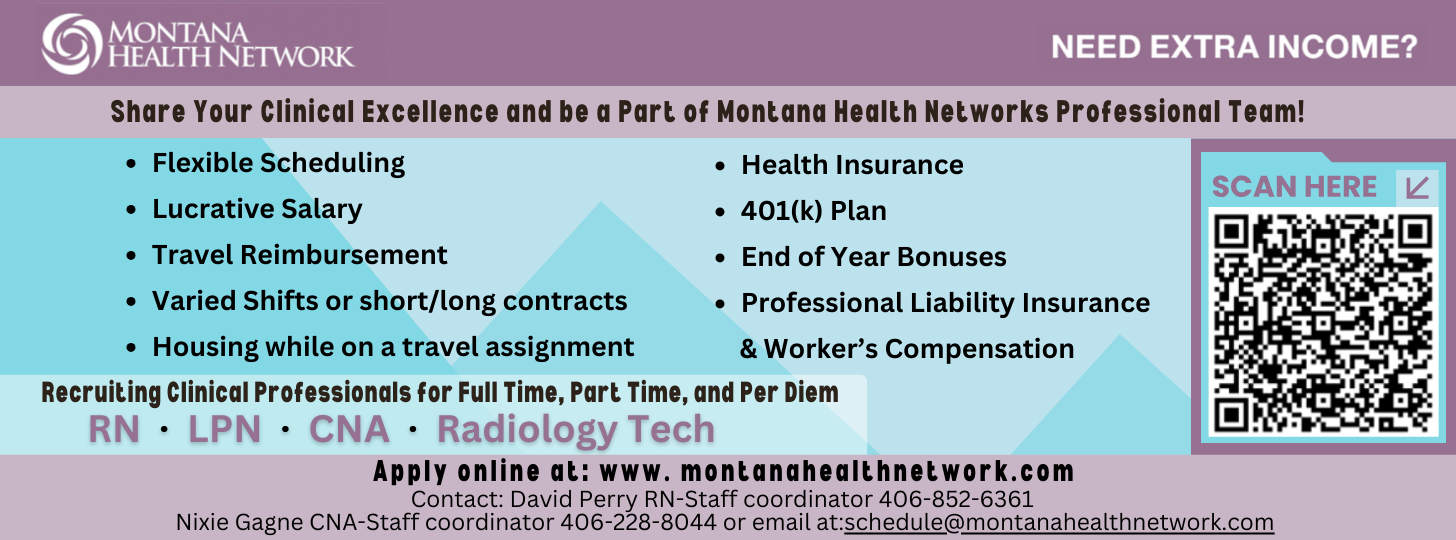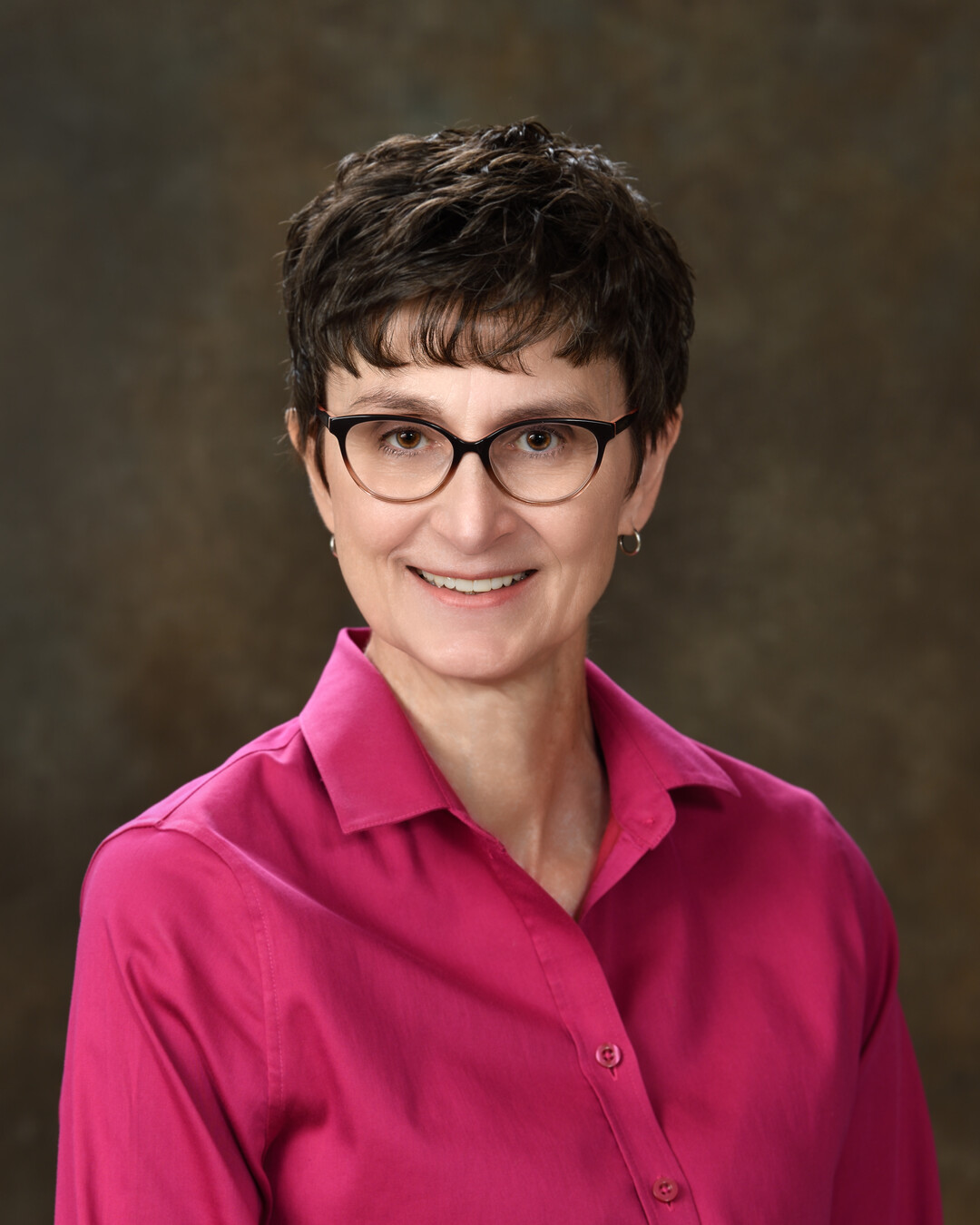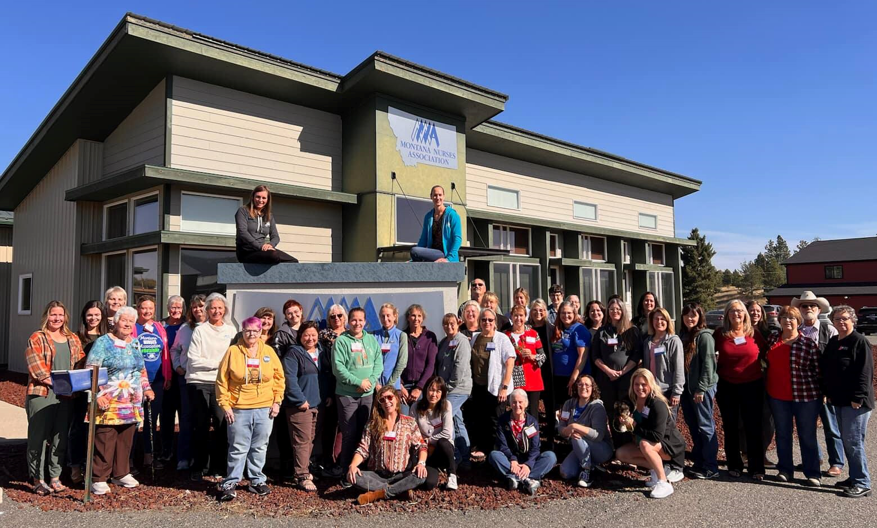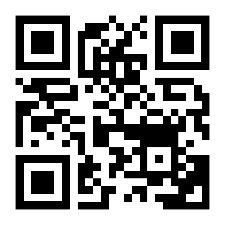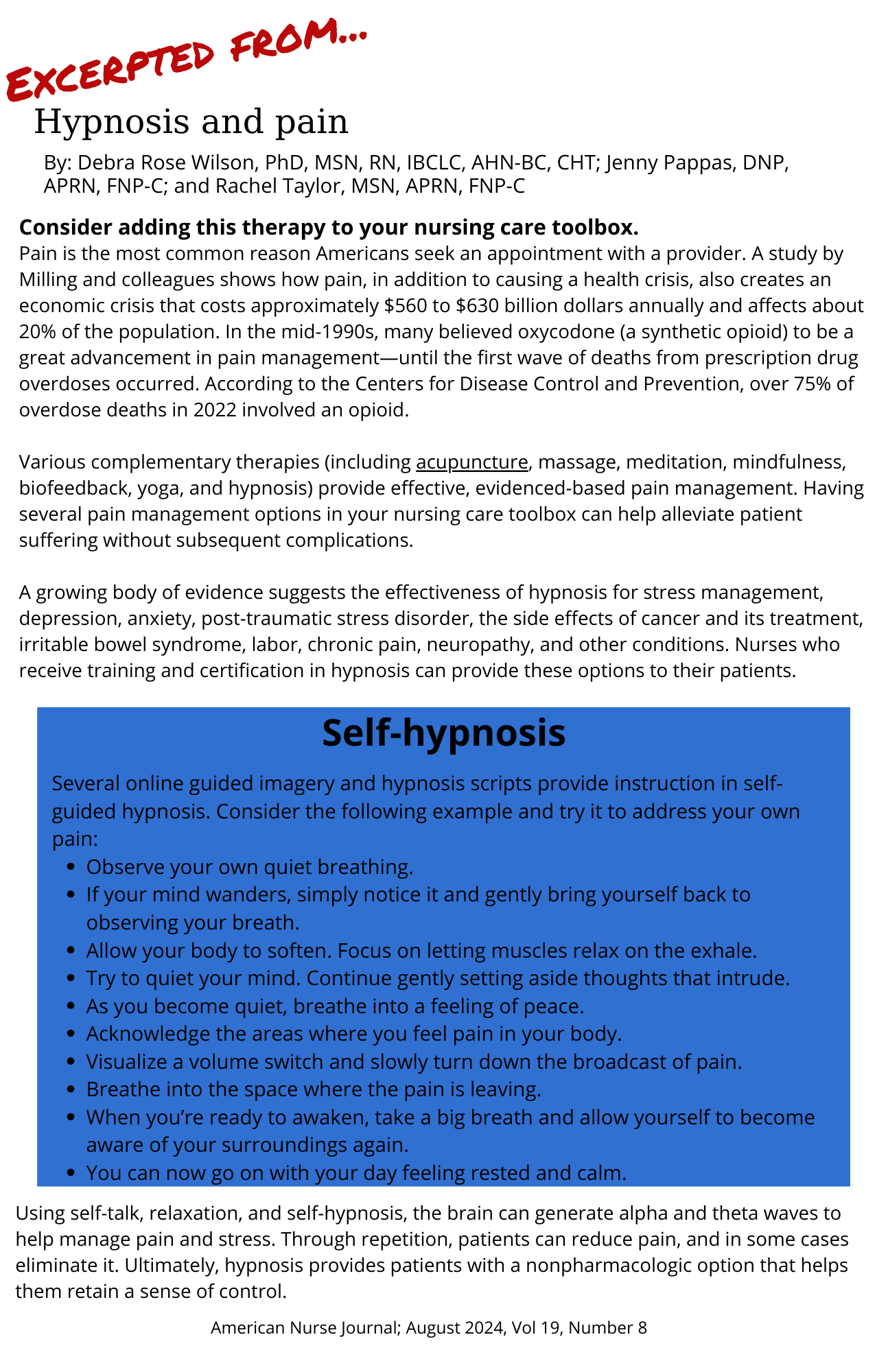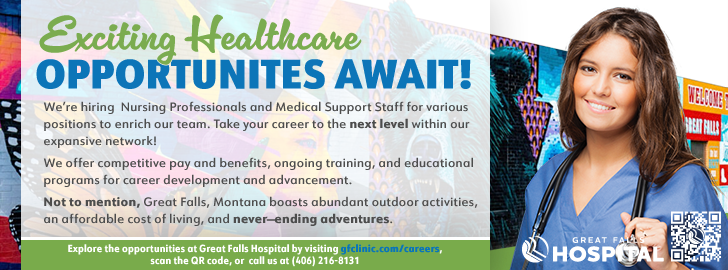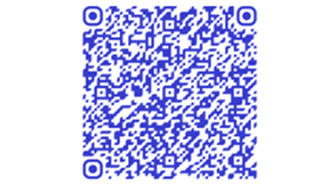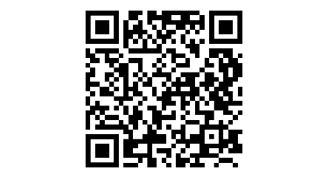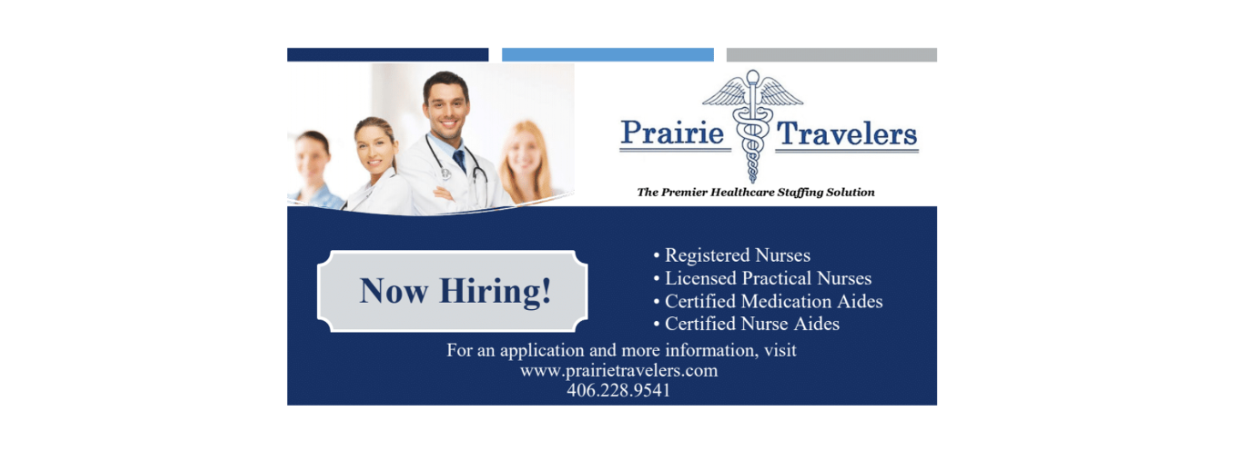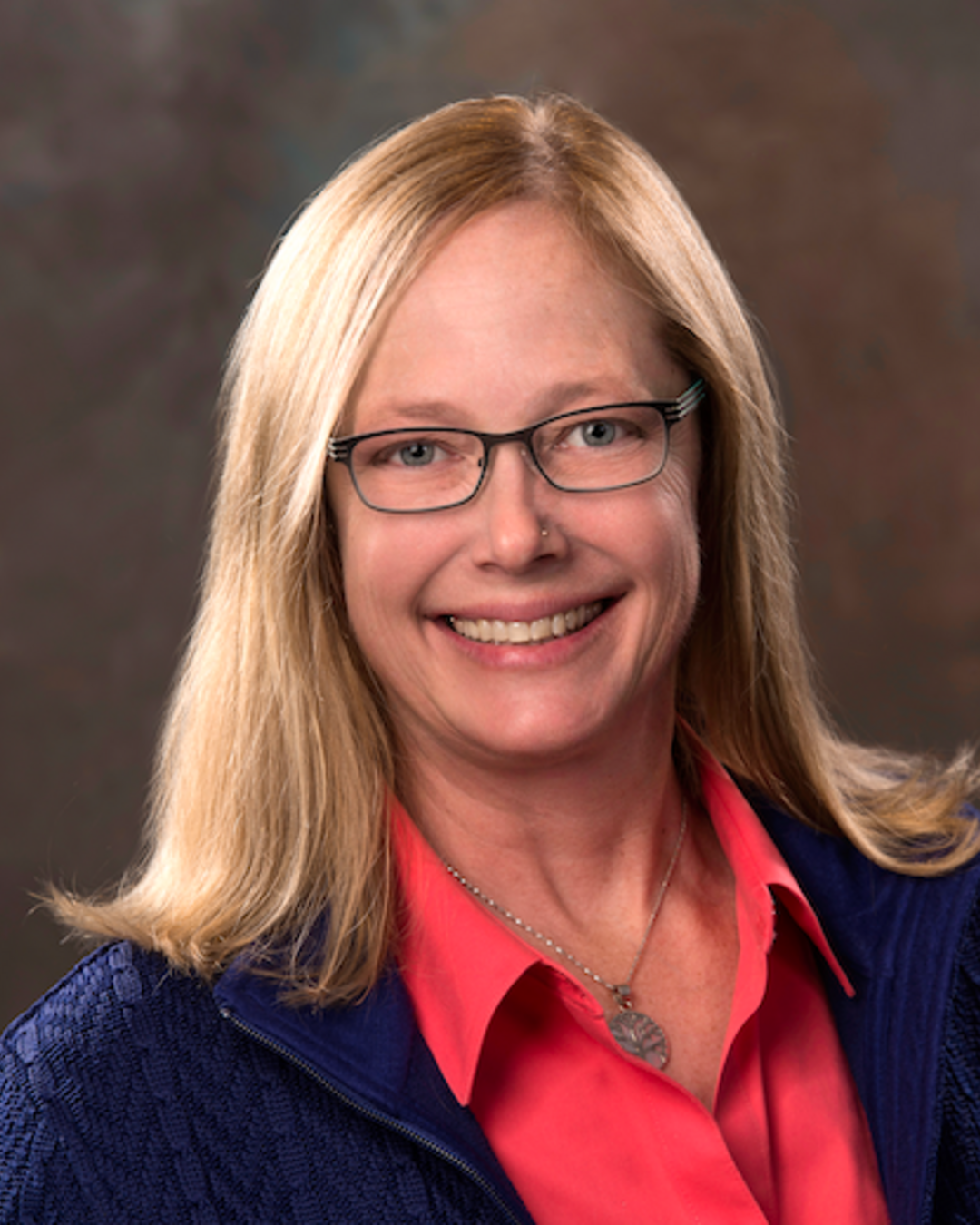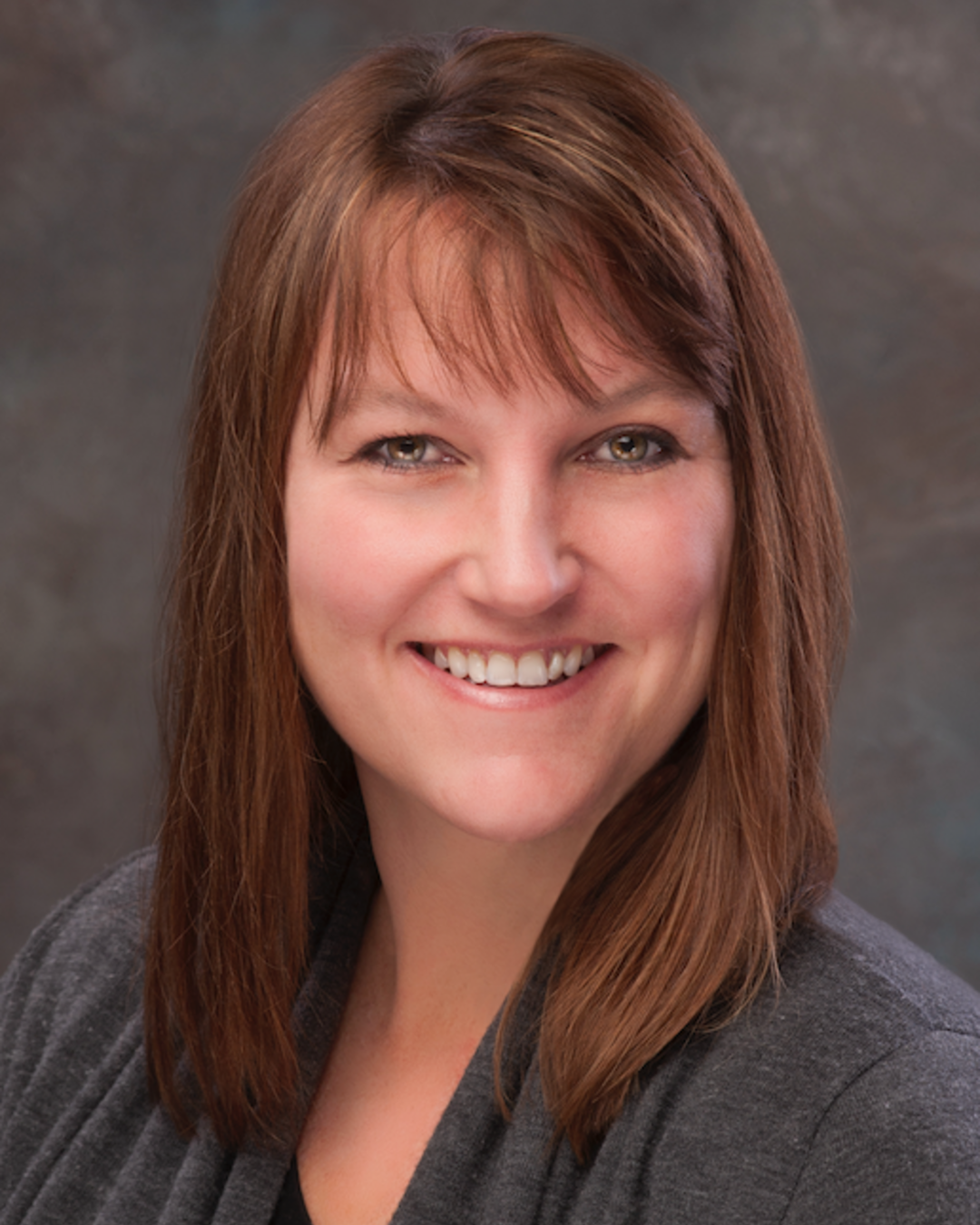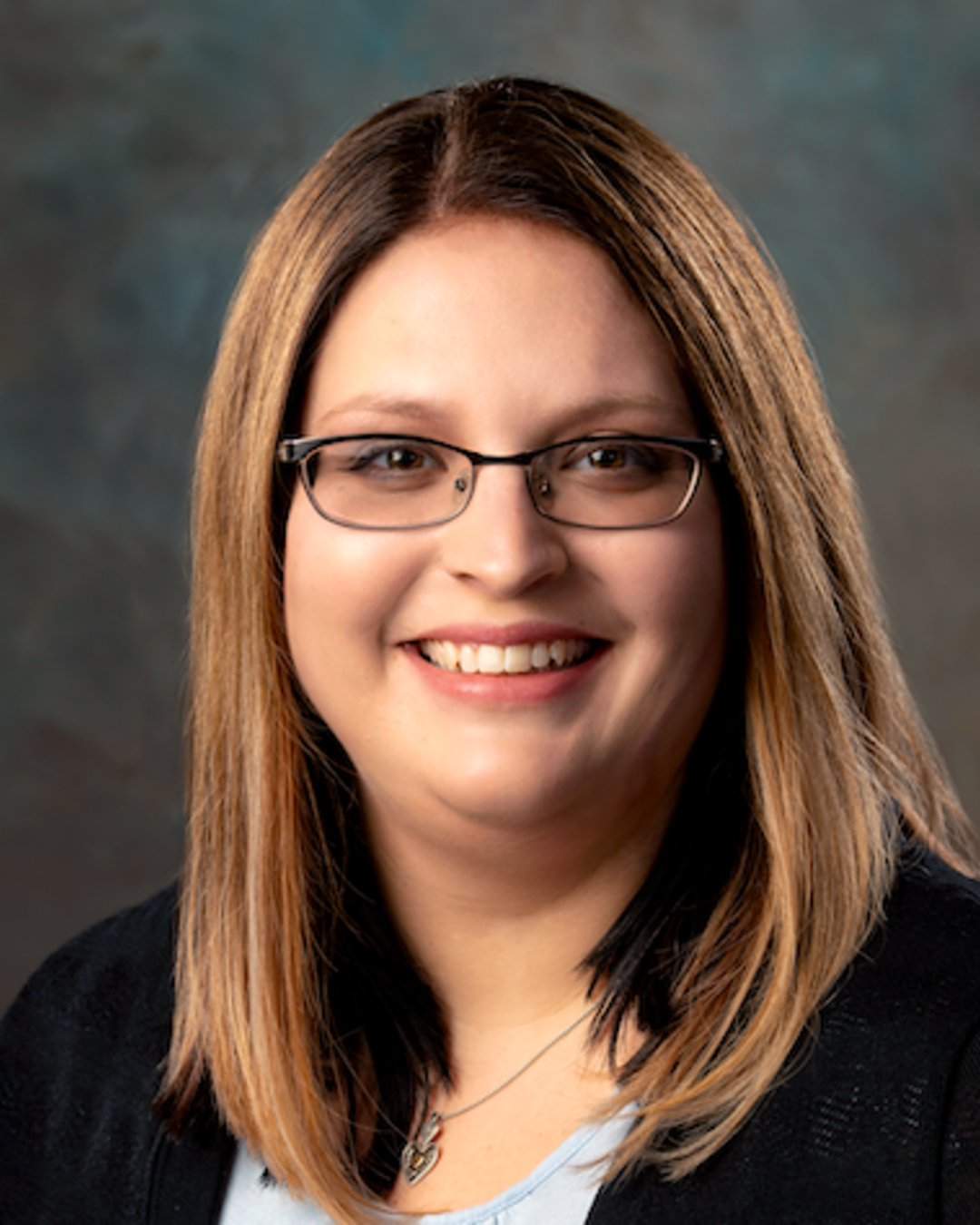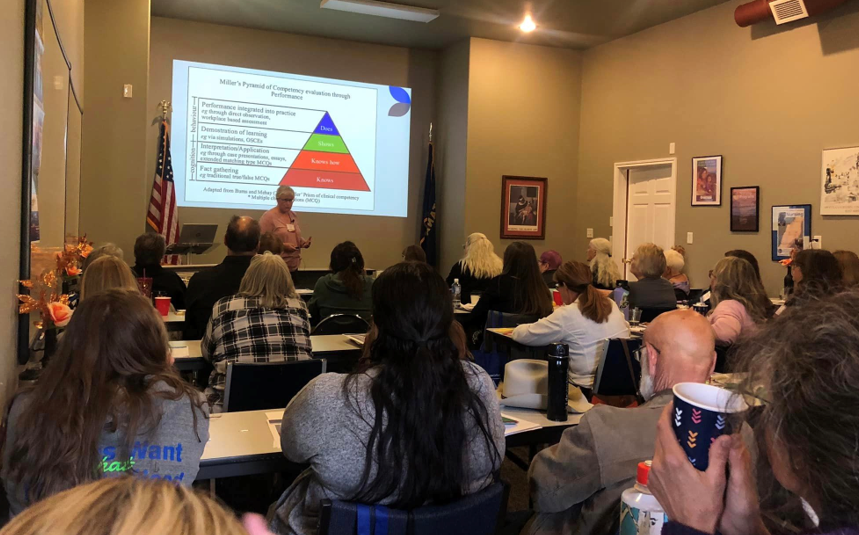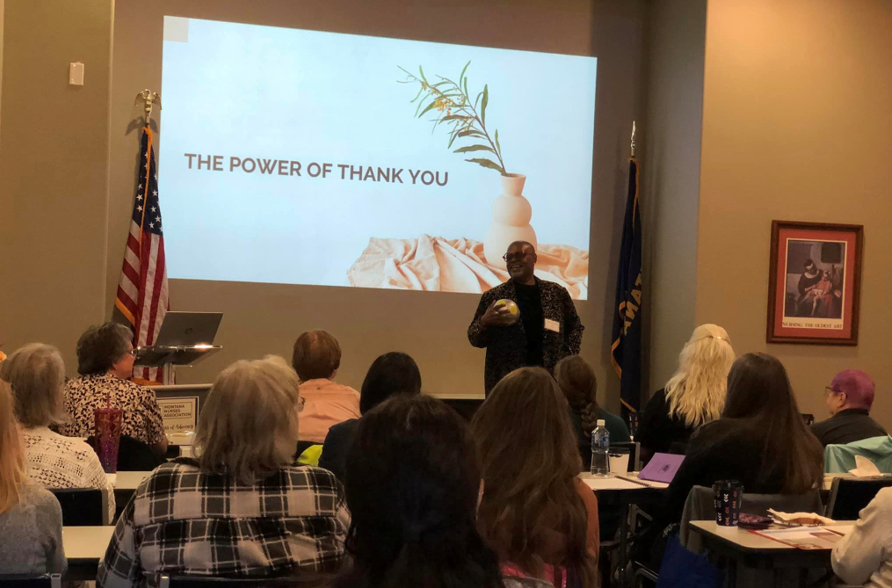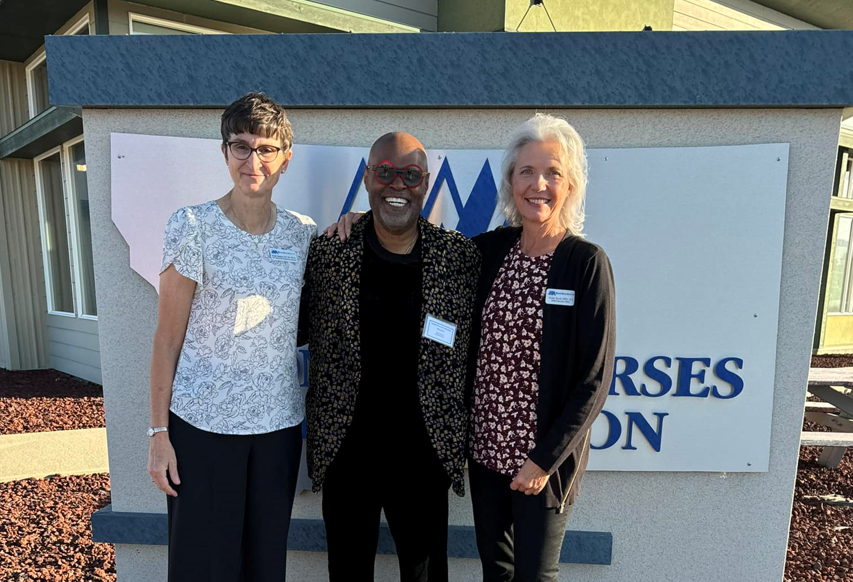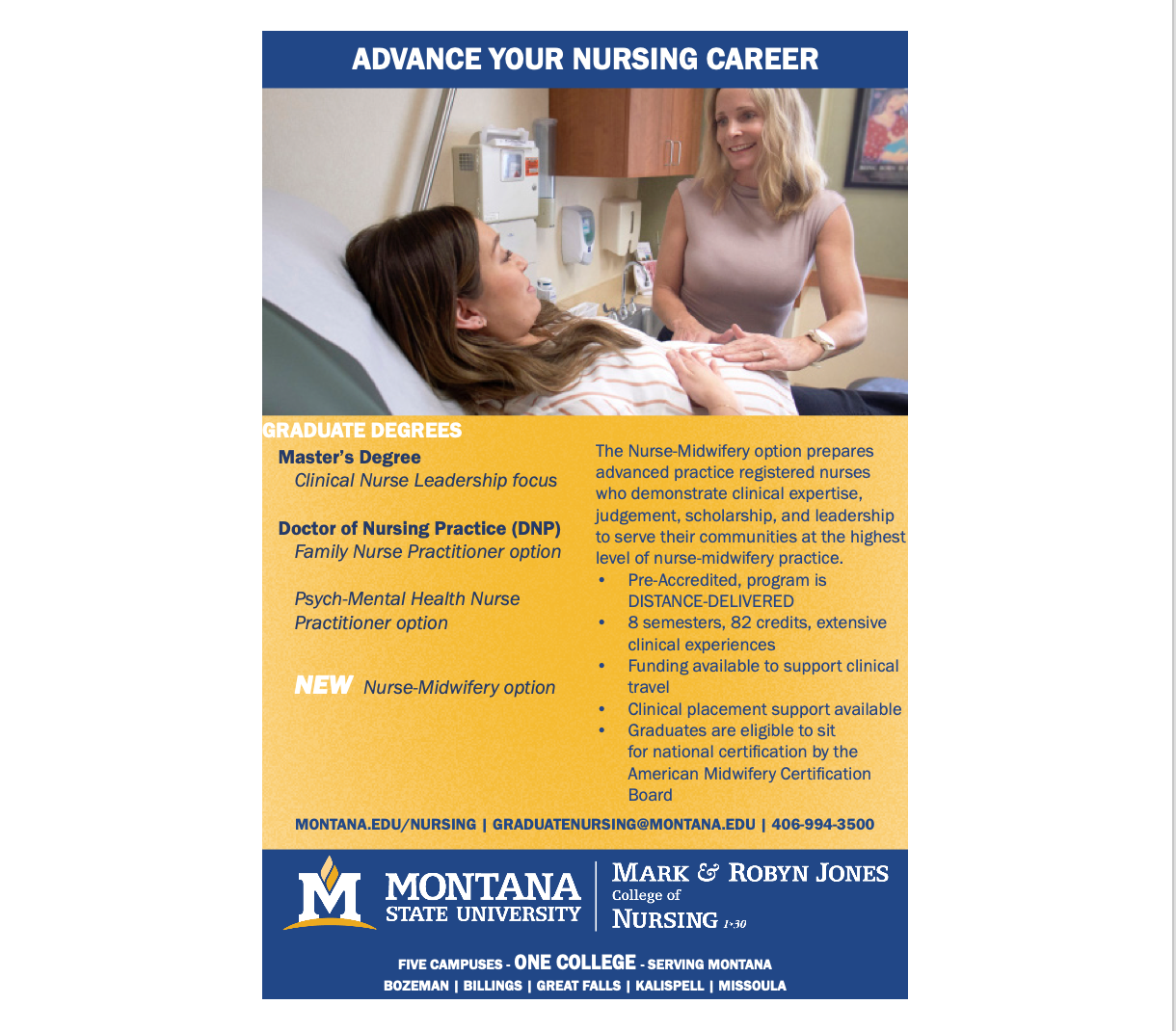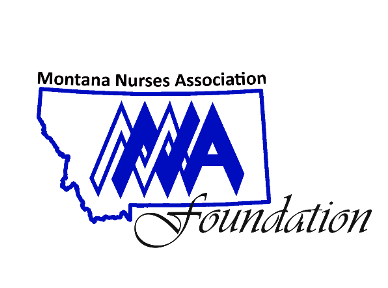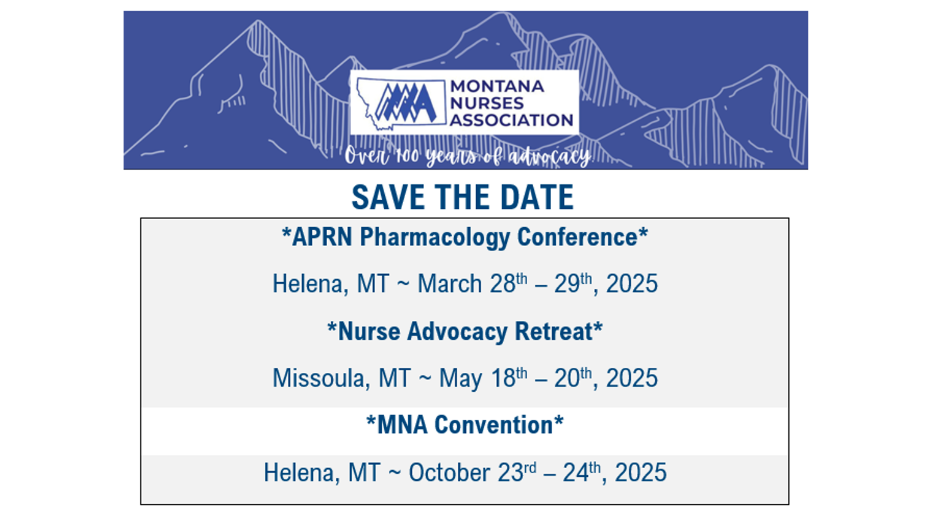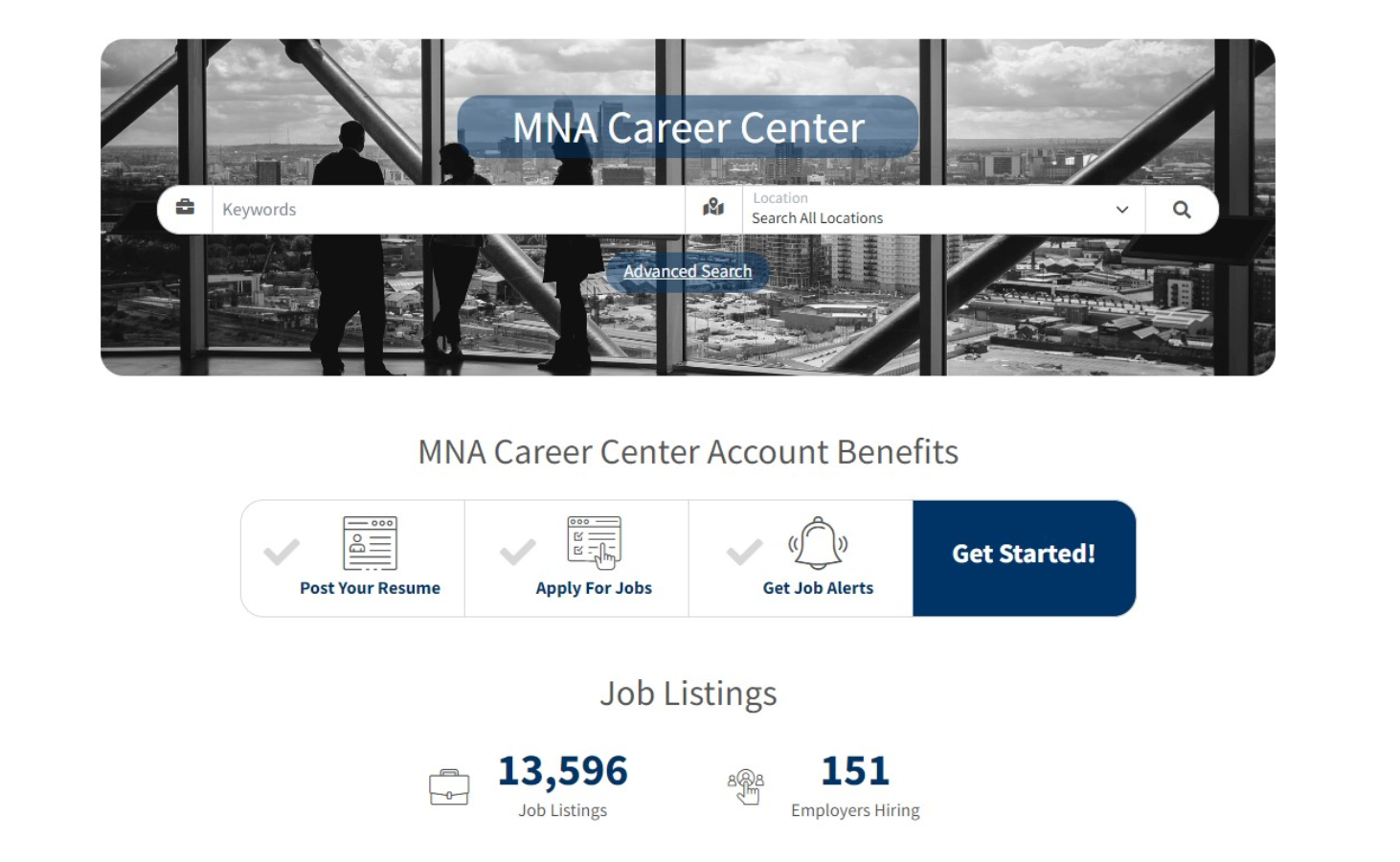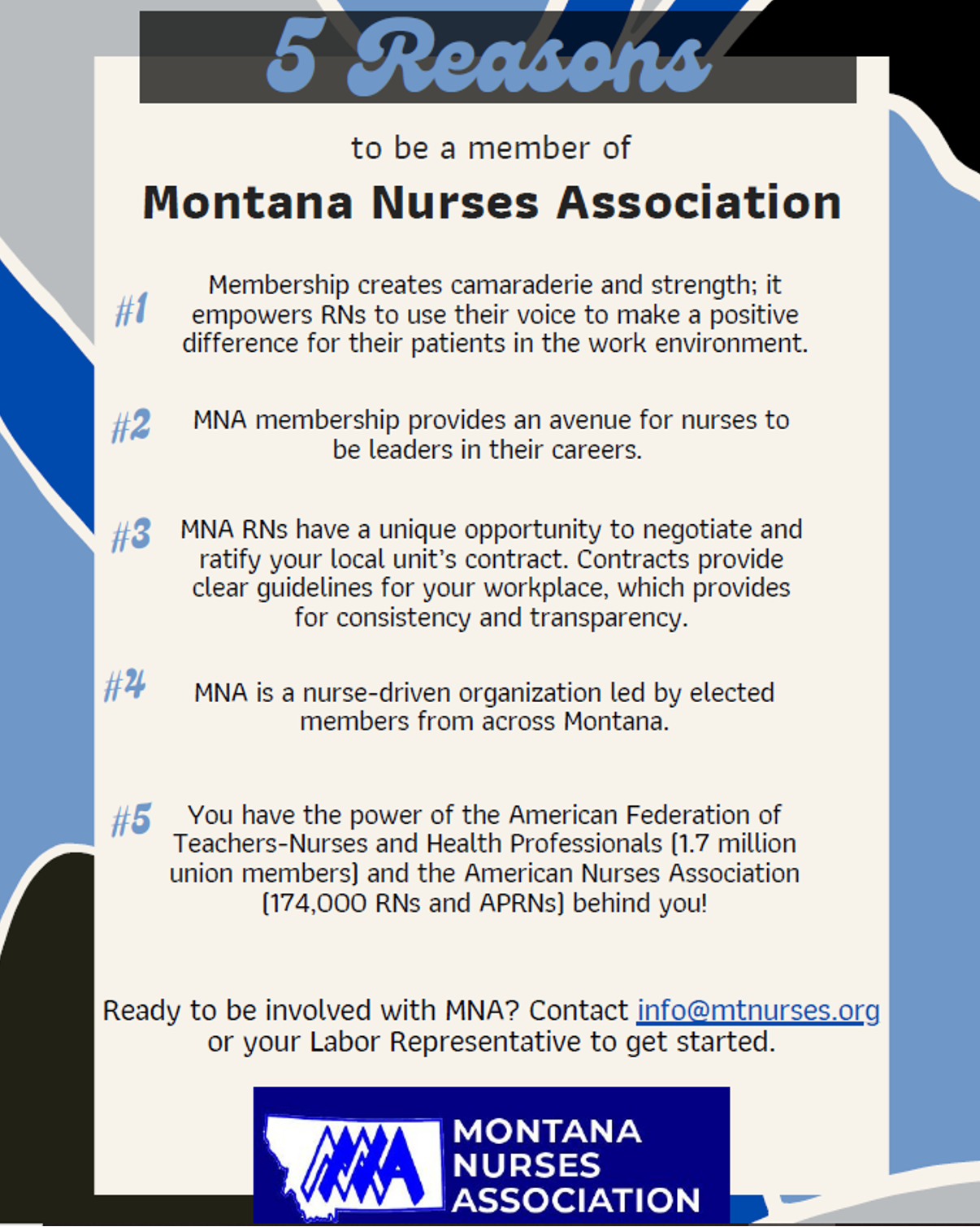I've been a registered nurse for 35 years. I have raised my family and worked my entire career in Montana. I started out as a staff nurse in pediatric oncology and was very active in my union, serving as a union rep, as the local union president, and then as a member of the state board of the Montana Nurses Association (MNA), the professional association for registered nurses and advanced practice registered nurses in Montana. I became the CEO of MNA nearly 10 years ago to better advocate for our nurses so they can better advocate for our patients.
Montana is one of the nation's most rural states, with over 45 percent of our total population estimated to live in census areas of fewer than 5,000 people.* There are significant health challenges associated with rural living, such as higher incidence of disease and injury, decreased access to healthcare, and higher rates of preventable hospitalizations.1 Most of our counties (52 of 56) have been designated as "medically underserved."2 For the nearly 500,000 people living in these rural areas, there are fewer than 200 healthcare facilities.3 Ten counties have no physician.4
That's why our nurses, and MNA, are so important. MNA represents 3,300 nurses and 90 percent of the nurses belonging to 29 unions of varying sizes across the state---from a union of about 700 nurses in a facility in Missoula to a union of just two nurses in Forsyth (which has a population of 1,600). We have public and private acute care nurses and clinic and staff nurses. Our most recent local unit is exclusively advanced practice registered nurses (APRNs). Many of our nurses work in rural areas and areas typically called "frontier," which are even more remote, sparsely populated, and isolated from public services---and sometimes do not have a hospital.5 I've spent the past decade listening to them and bringing their issues forward across the state.
Rural nursing is much different than nursing in urban and suburban areas. In Montana, all RNs and APRNs function under their own licenses. APRNs are not supervised by physicians; rather, they are primary and specialty care providers with full practice authority and prescriptive authority. Because many Montanans live in areas where there is no physician and limited healthcare services for dozens of miles, APRNs' full practice authority is essential for access to care.
Among the reasons our nurses choose to work in rural areas is that they want to care for patient populations that are radically underserved. Our nurses love the autonomy of their work and their breadth and scope of practice. They are highly qualified and provide excellent patient care, with many APRNs running their own clinical practices. Yet, there are significant challenges.
Challenges of Rural Nursing
Perhaps the most significant challenge is that rural healthcare facilities have limited staff. Patients who need healthcare in these areas typically don't see specialty providers; many times, there's just one physician or other clinician on call. It is common for emergency rooms and critical access areas throughout the state to be staffed by RNs and APRNs with minimal additional staff. Patients who need additional medical care must be transported to the nearest larger facility, often up to two hours away, via rural transport teams, paramedics (if they exist), or volunteer ambulances.
A nurse may be the only clinician on shift when suddenly they get a patient who has sustained a trauma, a patient in labor, a patient who has overdosed, or a patient who is having a heart attack. No matter the crisis, the nurse must be a "jack of all trades" with expertise to care for each of these patients. Nurses triage as best they can, and they have systems and processes to help them---but it's challenging for even the most experienced nurse to stay competent to care for patient needs that vary so widely and may sometimes be beyond their training.
Rural hospitals are also limited in critical care services. As an example, my son was living in the very rural town of Cut Bank when he needed care for appendicitis. He was seen by an APRN but needed surgery, which was not available in that facility. The APRN quickly referred him to a facility in Great Falls, 90 minutes away, and he drove there for his surgery. Of course, a patient having a heart attack can't drive 90 minutes away for care. Some facilities have fixed-wing aircraft or helicopters to address this challenge---and there are resources like telehealth that clinicians use to consult with other clinicians---but it's critical that nurses know which resources are available and where to send patients for the care they need.
The challenges of under-resourcing of staff and services are compounded by the state's continual attempts to encroach on and chip away at our nurses' scope of practice. Research shows that the primary and specialty care that APRNs provide is comparable to or better than that delivered by physicians6---and APRNs have practiced independently of physician supervision for 45 years in this state. Still, legislators and administrators, some without backgrounds in healthcare or nursing, place physicians on a hierarchy above nurses in efforts to dictate how nurses practice.
APRNs fought hard to get full scope of practice and practice authority passed into Montana law. But in the 2023 legislative session, a Republican legislator introduced a bill requiring physician supervision of APRNs.7 Fortunately, the bill died in committee; this would have had particularly devastating impacts in our rural and frontier communities.
Staffing shortages are also contributing to workplace violence, which continually threatens patient care and our nurses' well-being. We know that patient outcomes improve with higher registered nurse staffing levels.8 Yet hospitals continue to understaff, raking in profits while nurses sacrifice (in one instance, our nurses voluntarily froze their wages to keep one of our facilities open). We also know that the workplace should be a safe environment, but violence against nurses and other healthcare workers is severely underreported. There are few legal mechanisms in place to hold employers accountable, including by reporting incidents and supporting those who experience or witness violence. Some of our lawmakers don't think workplace violence really happens; worse, some believe dealing with violence should just be an expected part of a nurse's job.
These and other issues are why many of our nurses are exhausted, overwhelmed, and burned out---and why more nurses are joining MNA. We routinely receive calls from nurses across the state who need support or want to advocate for change in their workplaces and for their patients. Many call because they see the good work we've done for their colleagues at other facilities. That's what led to a unit of 15 APRNs voting to join a union for the first time in Montana history.
At our Montana State Hospital, APRNs have seen for years how MNA helps nurses advocate for themselves and their patients and win better compensation, improved staffing practices, and Weingarten rights, among other victories. Understaffed, overworked, and underpaid, many APRNs were ready to leave. They needed a voice through which they could advocate for appropriate patient care and a fair arbitration process. Now, they have that voice. And together we are fighting for the conditions they need to best serve our rural communities.
What We're Fighting For
Nurses want what patients need, so we need to invest in our nurses. That's the purpose of Retain Me, MNA's Code Red campaign† that focuses on recruiting and retaining nurses. Our aim is to increase awareness about the challenges nurses are facing and create the changes needed to address them so that more nurses want to join---and stay on---our care teams.
Our campaign priorities are staffing and workplace violence. Healthcare facilities and state legislators remain reluctant to embrace staffing ratios and other mechanisms to keep nurses from burnout associated with understaffing. So we're actively pursuing both bargaining and legislative solutions. We have bargained safe staffing measures into our contracts---all contracts now include professional conference committees where nurses can take up staffing issues. And we introduced a staffing bill in 2023; it did not pass, but we will continue fighting for legislation that gives our nurses the resources they need, whether they're the only clinician in a facility or not.
While it's unrealistic to expect a 1:4 ratio in rural areas like Forsyth, we need a staffing process that supports nurses when multiple patient crises suddenly arise. Larger facilities have more resources, so there we are fighting for a 1:4 ratio on medical floors and a 1:2 ratio in staffed intensive care units. But we know that it's not enough to fight for set ratios; we must also consider patient, facility, and nurse acuity, which vary significantly.
In the 2023 legislative session, we won mandatory reporting for workplace violence so that any Montana healthcare worker who is assaulted at work has a process for reporting it. Our goal is to ensure that all victims and witnesses of violence have an avenue for pursuing justice, but the first step is making sure that employers are collecting and retaining that data. We'll use the data to push for additional legislation that keeps all of our healthcare workers safe. This is an ongoing fight, but we have the support of hospitals, the medical association, and physicians, and we're confident we'll win as we keep pressing forward.
Those are just a few of our campaign's offensive strategies; we are also employing defensive strategies to protect our nurses' ability to practice to the full extent of their licensure and to organize.
We continue to fight attempts to narrow nurses' scope of practice and to communicate throughout our state and beyond the message that these attempts do not best serve our patients. In 2019, Montana passed legislation giving APRNs signature authority for patient documents that previously required a physician signature. Despite this law, some healthcare facilities and insurance companies refused to recognize APRNs' authority to sign forms with signature lines designated "Physician signature only." We advocated for and won updated language so that those lines now say "Primary care provider."
We are also fighting anti-union bills targeting our nurses. In the last two legislative sessions, we've faced down a Republican lawmaker (who is a nurse!) who has introduced so called right-to-work bills.9 She was so intimidated when MNA showed up to testify in opposition that she couldn't even present her own bill. Although we have beaten back her efforts thus far, we're expecting her to make another attempt. And we have a state workforce advocacy team of RNs and APRNs ready to be mobilized when needed to call and write to legislators or engage in immediate action on this and other issues.
After 35 years in nursing---including a decade leading MNA---I've only become more convinced that nurses cannot do this work alone. That's why we need unions. Together, we can solve the challenges nurses face, freeing them to focus on our patients. Through our autonomy and our advocacy, MNA is helping nurses keep patients at the forefront. And the numbers of nurses who continue to join us and the AFT family in this work give me hope that as we work to make life better for our nurses and our patients, we ultimately make life better for all of us.
When we take our members' issues to employers, I tell them, "Of all people that you want to walk through your doors, you want it to be MNA. We have your best interests at heart. We want you to succeed in caring for our patients and communities. We just need you to take care of the nurses who care for those patients." I tell lawmakers and those who aren't healthcare workers that if they removed everyone but nurses from our facilities, nurses would manage to keep the doors open. But the reverse is not true: a facility without nurses would have to close its doors. Nurses are the most valuable asset of any facility---and MNA is their biggest advocate in Montana. Whatever our nurses need, we're going to help. And our collective voice is very, very powerful.
Vicky Byrd, MSN, RN, is the chief executive officer of the Montana Nurses Association (MNA). She began her career in 1989 as a certified pediatric oncology nurse, then transitioned to nurse leadership in MNA. Her priorities are advocacy for professional nurses in Montana and issues affecting professional nurse practice and the health of Montana residents.
*To learn more about the criteria government agencies use to determine rural status, see ruralhealthinfo.org/topics/what-is-rural. (return to article)
†To read about other AFT affiliates' Code Red campaigns, see AFT Health Care's archive: aft.org/hc/subject-index#code-red. (return to article)
